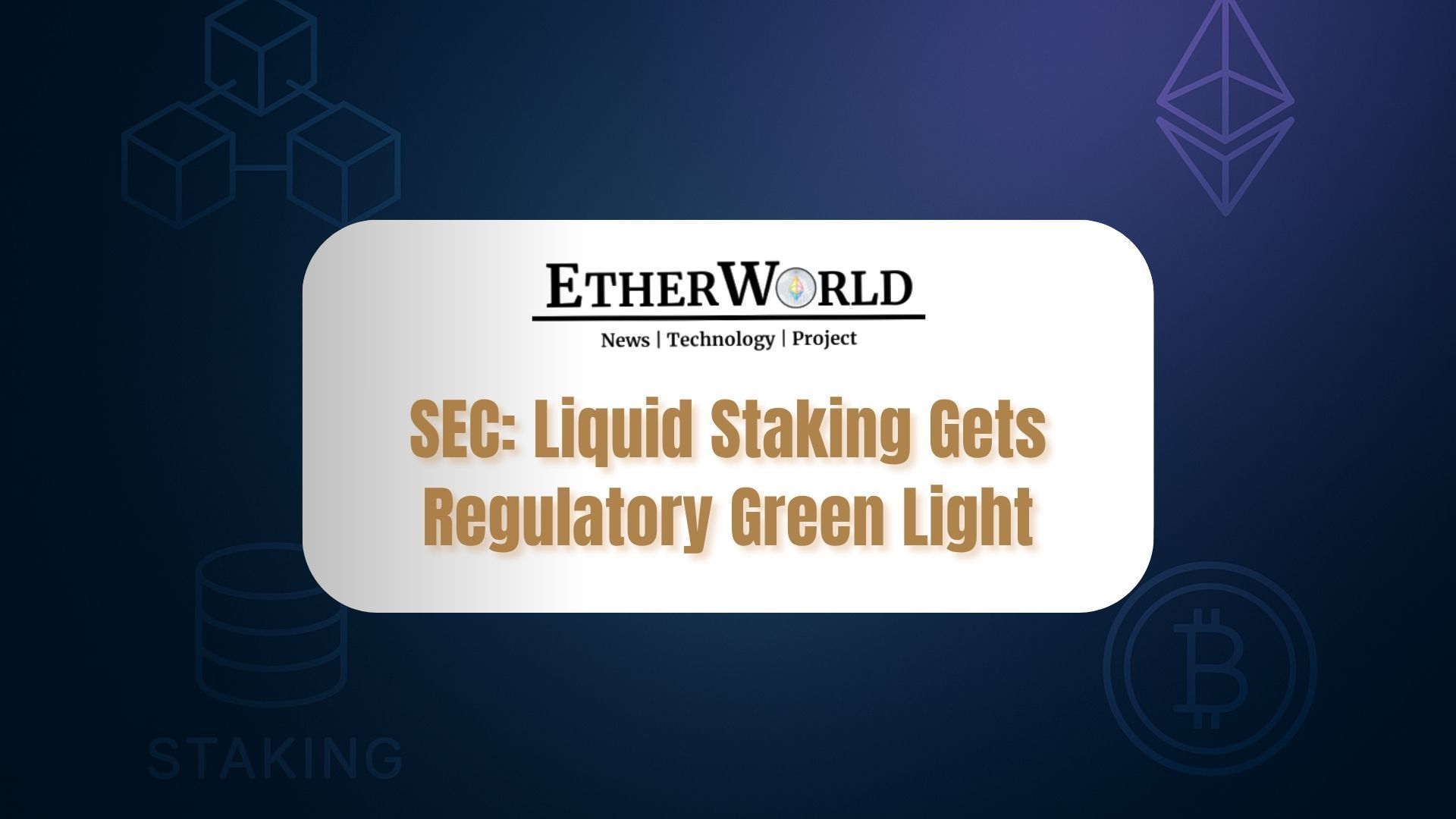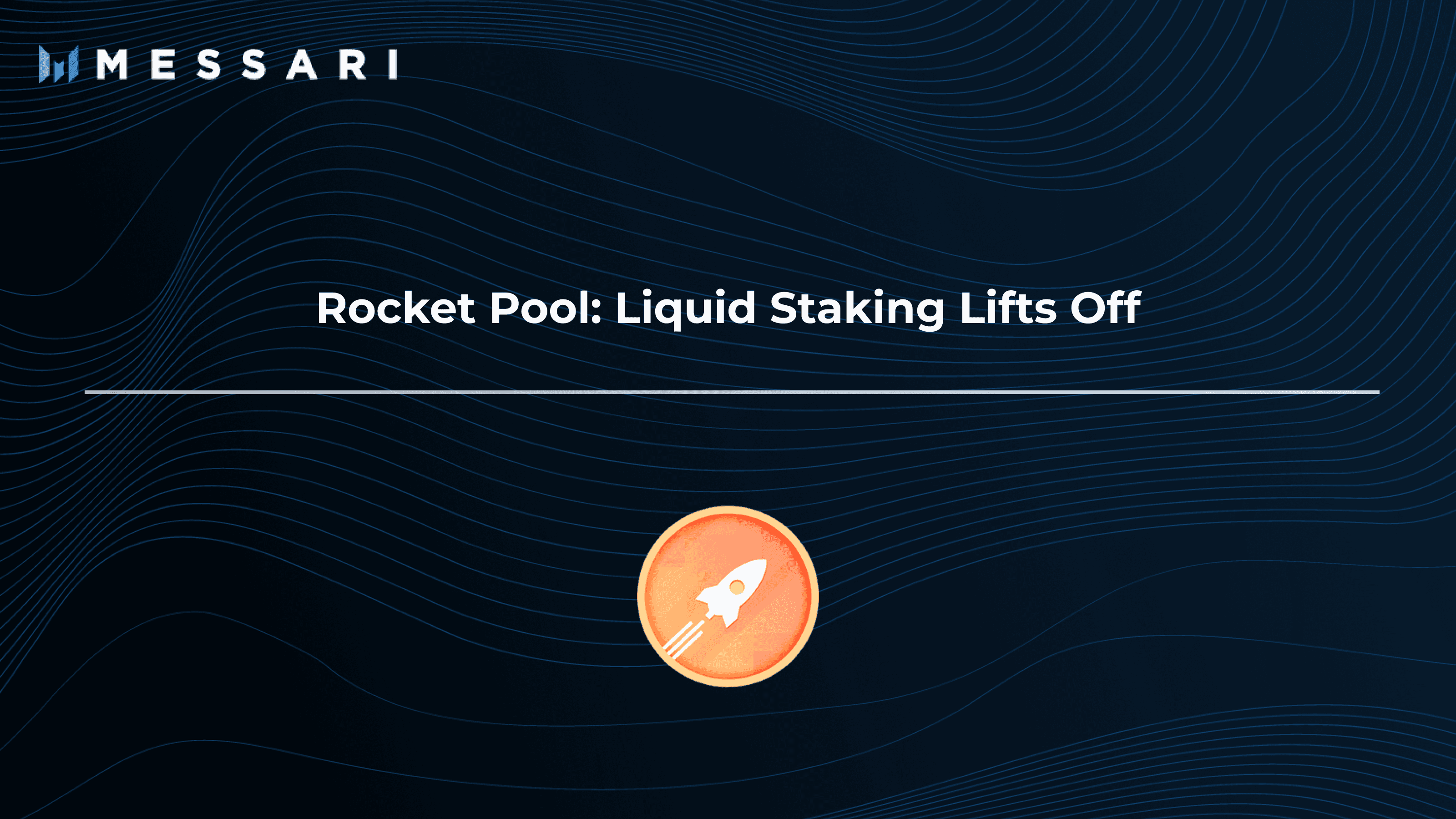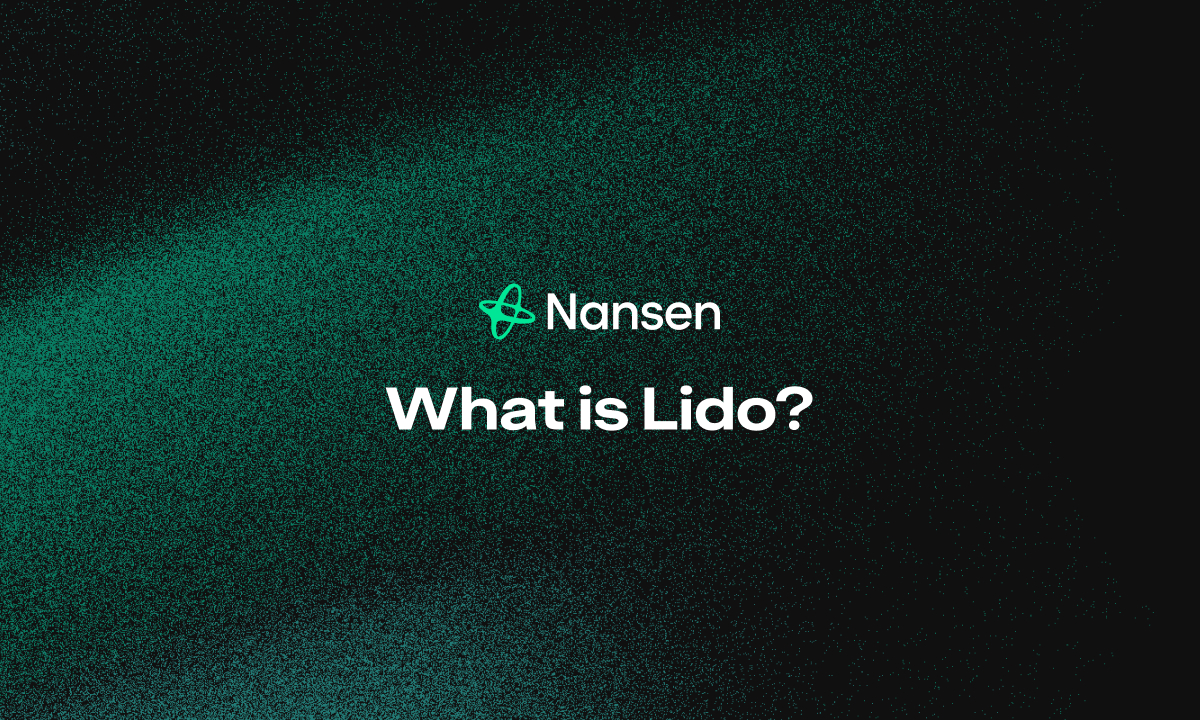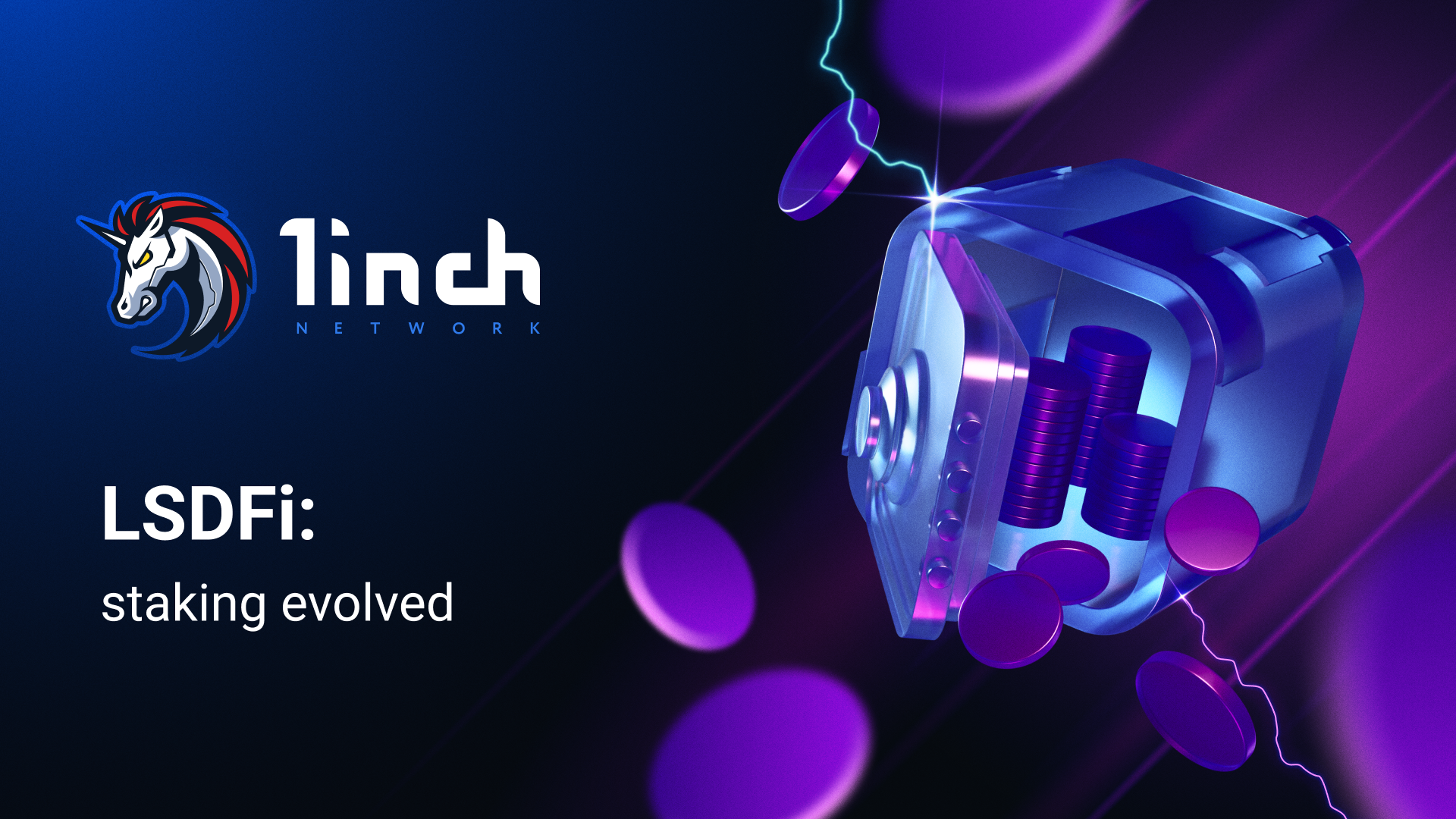
On August 5,2025, the U. S. Securities and Exchange Commission (SEC) delivered long-awaited clarity for the decentralized finance (DeFi) sector: certain liquid staking tokens (LSTs) are not securities. This landmark statement has immediate implications for DeFi yield strategies, legal risk, and the ongoing evolution of crypto market structure. For yield stackers, protocol builders, and institutional investors alike, understanding the details behind this clarification is essential to navigating the next wave of opportunity in liquid staking.
SEC Guidance: Why Liquid Staking Tokens Are Not Securities
To appreciate what’s changed, it’s important to break down how liquid staking works and why its regulatory status was uncertain until now. In a typical liquid staking arrangement, users deposit crypto assets (like ETH) into a protocol or provider. In return, they receive staking receipt tokens: a form of tokenized proof that represents both their original deposit and any rewards it accrues over time. These tokens can be freely traded or used across DeFi platforms without requiring users to unstake their original assets.
The SEC’s recent guidance confirms that under specific conditions, where providers perform only administrative or ministerial tasks and do not exercise entrepreneurial or managerial control, these activities do not meet the Howey Test for investment contracts. The Howey Test has long been the legal benchmark for determining whether an asset is a security. Since LSTs simply reflect ownership of underlying assets and rewards generated by network consensus protocols (not by provider management), they fall outside securities law when structured accordingly.
This position was echoed in multiple industry analyses following the SEC’s announcement. As noted in Jones Day’s breakdown, “the staking receipt tokens function as evidence of ownership of deposited crypto assets, which themselves are not securities. ” This distinction is crucial for platforms like Lido and Rocket Pool that have built thriving ecosystems around these tokens.
Market Impact: Prices Reflect Confidence in Liquid Staking Regulation
The market responded swiftly to this regulatory clarity. As of September 23,2025:
- Ethereum (ETH): $4,182.80 ( and 0.28% in 24 hours)
- Lido DAO (LDO): $1.12 ( and 0.90%)
- Rocket Pool (RPL): $5.50 ( and 4.76%)
This uptick signals rising confidence among investors and builders alike that liquid staking can expand without triggering costly compliance burdens or legal ambiguity. Protocols can now focus on innovation rather than legal defense, a shift likely to accelerate new product launches and integrations across DeFi.
Strategic Implications for DeFi Yield Optimizers
The SEC’s clarification unlocks several new avenues for yield strategists:
- Bigger On-Ramps: Without security classification concerns hanging overhead, more retail and institutional participants may allocate capital to LSTs.
- Sophisticated Yield Products: Developers can confidently build vaults, lending markets, and new composable strategies atop LSTs without fear of retroactive enforcement.
- ETF Integration: The door opens wider for regulated products like Ethereum ETFs to include LST exposure as part of diversified offerings, a key step toward mainstream adoption.
6-Month Price Performance of Liquid Staking-Related Assets After SEC Guidance
Comparing Ethereum (ETH), Lido DAO (LDO), and Rocket Pool (RPL) before and after the SEC’s clarification on liquid staking tokens (as of 2025-09-23)
| Asset | Current Price | 6 Months Ago | Price Change |
|---|---|---|---|
| Ethereum (ETH) | $4,180.03 | $2,057.48 | +103.1% |
| Lido DAO (LDO) | $1.12 | $0.9500 | +17.9% |
| Rocket Pool (RPL) | $5.50 | $4.75 | +15.8% |
Analysis Summary
Ethereum (ETH) has significantly outperformed both Lido DAO (LDO) and Rocket Pool (RPL) over the past six months, with a price increase of over 100%. LDO and RPL, while positive, have seen more modest gains. This reflects strong market confidence in ETH and the broader impact of regulatory clarity on liquid staking protocols.
Key Insights
- Ethereum (ETH) led the performance with a 103.1% gain, outpacing liquid staking governance tokens.
- Lido DAO (LDO) and Rocket Pool (RPL) saw moderate growth (+17.9% and +15.8%, respectively), indicating positive but less aggressive market sentiment compared to ETH.
- The SEC’s clarification on liquid staking tokens has contributed to renewed confidence and participation in DeFi protocols, but the primary beneficiary in price terms has been ETH itself.
This comparison uses real-time price data for ETH, LDO, and RPL as of 2025-09-23, with historical prices from exactly six months prior. All figures are sourced directly from Binance and CoinGecko as referenced in the provided data.
Data Sources:
- Main Asset: https://www.binance.com/en/square/post/22050000154561
- Lido DAO: https://www.coingecko.com/en/coins/lido-dao
- Rocket Pool: https://www.coingecko.com/en/coins/rocket-pool
- Bitcoin: https://www.coingecko.com/en/coins/bitcoin
- BNB: https://www.coingecko.com/en/coins/bnb
- Solana: https://www.coingecko.com/en/coins/solana
- Lido Staked Ether: https://www.coingecko.com/en/coins/staked-ether
- Coinbase Wrapped Staked ETH: https://www.coingecko.com/en/coins/coinbase-wrapped-staked-eth
Disclaimer: Cryptocurrency prices are highly volatile and subject to market fluctuations. The data presented is for informational purposes only and should not be considered as investment advice. Always do your own research before making investment decisions.
The Legal Fine Print: When Are LSTs Still at Risk?
The relief is substantial but not absolute. The SEC’s statement applies when providers limit themselves to administrative roles; if a project veers into active management or profit-sharing beyond protocol-level rewards, it could still face scrutiny under securities law (source). For most major protocols operating transparently within these bounds, such as Lido DAO or Rocket Pool, the path forward is clear.
Ethereum (ETH) Price Prediction 2026-2031 Post-SEC Liquid Staking Clarification
Professional outlook considering regulatory clarity, DeFi growth, and market adoption trends
| Year | Minimum Price | Average Price | Maximum Price | % Change (Avg YoY) | Market Scenario Insights |
|---|---|---|---|---|---|
| 2026 | $3,750 | $4,650 | $5,400 | +11% | Early impact of SEC clarity; increased DeFi TVL and institutional interest; mild volatility |
| 2027 | $4,200 | $5,300 | $6,100 | +14% | Broader institutional adoption; new DeFi products; ETH 2.0 scaling effects |
| 2028 | $4,800 | $6,000 | $7,200 | +13% | Mainstream DeFi integration; global regulatory harmonization; ETH as DeFi reserve asset |
| 2029 | $5,400 | $6,800 | $8,500 | +13% | Continued DeFi innovation; competition from alternative L1s; increased staking rates |
| 2030 | $5,900 | $7,600 | $9,800 | +12% | Matured DeFi ecosystem; ETH dominance in liquid staking; macroeconomic headwinds possible |
| 2031 | $6,400 | $8,250 | $11,000 | +9% | Wider adoption of tokenized assets; ETH as core financial infrastructure; potential for new competitors |
Price Prediction Summary
Ethereum’s price outlook from 2026 to 2031 is strongly positive, driven by the SEC’s clarification on liquid staking tokens, which unlocks new DeFi participation and innovation. Regulatory certainty is expected to boost institutional and retail adoption, leading to a progressive increase in ETH’s price. While bullish scenarios point to significant highs, the minimum predictions account for potential competition and macroeconomic risks. Overall, ETH is poised for robust growth as the backbone of the DeFi ecosystem.
Key Factors Affecting Ethereum Price
- SEC regulatory clarity on liquid staking boosts confidence and participation
- Institutional adoption of DeFi and liquid staking products
- Ethereum’s technology upgrades and scalability improvements (e.g., sharding, rollups)
- Potential competition from alternative Layer 1 blockchains
- Global macroeconomic conditions and regulatory shifts
- Growth of DeFi total value locked (TVL) and staking rates
- Emergence of new DeFi use cases and tokenized real-world assets
Disclaimer: Cryptocurrency price predictions are speculative and based on current market analysis.
Actual prices may vary significantly due to market volatility, regulatory changes, and other factors.
Always do your own research before making investment decisions.
As DeFi platforms and users digest the SEC’s position, it’s vital to recognize how this guidance shapes both immediate opportunities and long-term risk management for liquid staking participants. The regulatory green light removes a major barrier for protocol growth, but also sets clear expectations for compliance going forward.
Practical Steps for DeFi Investors and Builders
For those actively engaged in liquid staking or yield stacking, here are actionable steps to consider in light of the SEC’s updated stance:
Best Practices for DeFi Investors Using Liquid Staking Tokens
-

Choose Reputable Liquid Staking Platforms: Use well-established protocols like Lido and Rocket Pool, which are widely recognized for security and transparency. Both support Ethereum liquid staking and have robust track records in the DeFi ecosystem.
-

Understand the SEC Guidance: Familiarize yourself with the latest SEC statement clarifying that certain liquid staking tokens are not securities. This helps ensure your strategies align with current regulations and reduces compliance risks.
-

Monitor Market Performance: Keep track of key liquid staking assets like Ethereum (ETH) at $4,182.80, Lido DAO (LDO) at $1.12, and Rocket Pool (RPL) at $5.50 as of September 23, 2025. Understanding price movements helps inform your yield strategies and risk management.
-

Assess Protocol Risks and Smart Contract Security: Review independent audits and protocol documentation before depositing assets. Platforms like Lido and Rocket Pool regularly publish audit reports to maintain transparency and user trust.
-

Stay Informed on DeFi Innovations: Follow updates from major DeFi platforms and industry news sources to learn about new products, yield opportunities, and evolving best practices post-SEC guidance. This helps you adapt your strategies to a rapidly changing landscape.
1. Reevaluate Portfolio Allocations: With regulatory ambiguity reduced, LSTs such as stETH (Lido) or rETH (Rocket Pool) can be considered with greater confidence. Assess your exposure relative to other DeFi assets and rebalance if needed.
2. Explore New Yield Strategies: The clarity around LSTs’ legal status paves the way for more complex strategies, think leveraging LSTs as collateral, participating in new lending protocols, or stacking yields across multiple platforms.
3. Monitor Protocol Disclosures: While leading platforms are structured to comply with the SEC’s administrative-function threshold, it’s essential to review governance updates and disclosures from any protocol you use. Changes in how rewards are distributed or managed could alter legal risk profiles.
Broader Implications: Institutional Adoption and Market Structure
The ripple effects of this regulatory shift extend well beyond individual investors. Institutions that previously hesitated due to legal uncertainty can now move forward with integrating LSTs into their product suites, potentially including regulated funds or ETFs that offer direct or indirect exposure to liquid staking yields.
This development brings DeFi a step closer to mainstream finance. As noted by Perkins Coie’s analysis, “the Division’s Liquid Staking Statement. . . provides important guidance to crypto market participants on structuring compliant products. ” That means more robust infrastructure, deeper liquidity pools, and a wider range of risk-managed products for everyone from retail traders to asset managers (source).

Looking Ahead: What Could Change?
The SEC’s current approach hinges on the specific structure and function of each liquid staking provider. If providers expand their roles beyond administrative functions, say, by introducing discretionary reward management or profit-sharing mechanisms, regulatory scrutiny could return swiftly. Ongoing vigilance is required as protocols evolve and new models emerge.
If you’re engaging with LSTs, stay informed about both regulatory updates and technical changes within your chosen protocols. The landscape is dynamic, and so is compliance.
The bottom line: The SEC’s 2025 guidance marks a turning point for liquid staking regulation, removing key legal barriers while still demanding transparency and discipline from providers. For investors seeking resilient yield strategies, and builders aiming to shape the next generation of DeFi products, the path is clearer than ever before.






